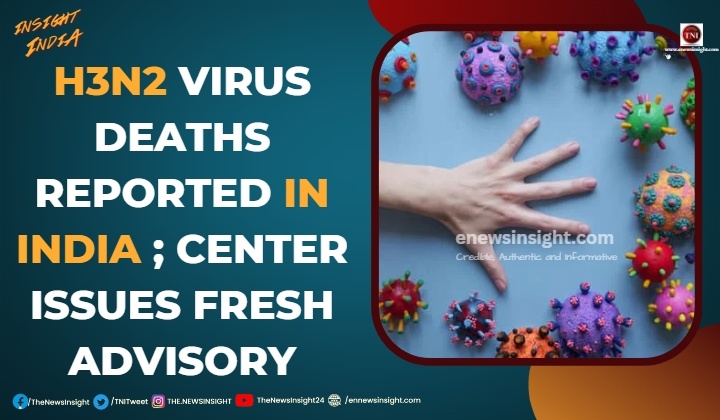After one patient each in Karnataka and Haryana succumbed to the H3N2 sub type of influenza A virus, the health infrastructure is assuming a fresh threat. Meanwhile, Union Health Minister Mansukh Mandaviya conducted a meeting to review the healthcare system’s readiness to deal with the increasing number of cases. In response, the Centre issued guidelines to all states.
Mandaviya took to Twitter and added that the Government of India is cooperating with the states and extending assistance to implement public health measures to tackle the situation.
Held a meeting to review rising cases of #H3N2 Influenza virus in the country.
Advisory issued to States to be on the alert and closely monitor the situation.
Government of India is working with States & extending support for public health measures to address the situation. pic.twitter.com/hXWWdC4wCy
— Dr Mansukh Mandaviya (@mansukhmandviya) March 10, 2023
As per health ministry’s data released, the country has recorded 3,038 cases of influenza as of March 9th. These cases are distributed as follows: 1,245 in January, 1,307 in February, and 486 in March. In 2022, there were a total of 13,202 confirmed cases of influenza.
Support Independent Journalism? Keep us live.
An 82-year-old man named Hire Gowda from Alur taluk in Hassan district, Karnataka, passed away on March 1 after being admitted to the hospital on February 24 with symptoms of cough and cold. Gowda, who had a history of hypertension and asthma, was confirmed to have been infected with the H3N2 virus through lab reports that came two days after his death on March 3.
In Jind district, Haryana, a 56-year-old lung cancer patient tested positive for H3N2 infection in January at PGIMS, Rohtak, and died at home on February 8.
Anil Vij, while addressing the media regarding the state’s readiness to handle H3N2 infections, reassured the public that there was no need for panic. He revealed that there have been ten reported cases of H3N2 infection in Haryana so far, and one patient who had lung cancer passed away in Jind district. However, the health department has been directed to determine the cause of death, whether it was due to the lung cancer or the H3N2 infection. The state’s healthcare system is said to be strong and capable of handling any emergency.
The Integrated Disease Surveillance Programme has been monitoring instances of severe acute respiratory illnesses in sentinel hospitals and has observed a surge in cases caused by the H3N2 subtype of influenza. This subtype accounts for the majority (77%) of all reported cases of influenza in the past four weeks.
According to physicians, the most noticeable indication of influenza is a long-lasting cough that persists for two to four weeks. As per the Indian Council of Medical Research, the H3N2 subtype of influenza appears to be causing more hospitalizations in comparison to other subtypes. Among patients who contracted H3N2, 27% experienced breathlessness, 16% had observable symptoms of pneumonia, and 6% suffered seizures. The government data reveals that approximately 10% of these patients needed oxygen assistance, while 7% required intensive care unit (ICU) attention.
Dr. Rajesh Chawla, a senior consultant of respiratory medicine at Indraprastha Apollo Hospital, remarked that individuals with the H3N2 subtype generally experience fever for one or two days, along with body ache and nasal discharge, but these symptoms last only for a short duration. However, the cough associated with this subtype persists for three to four weeks, which is atypical but not unheard of.


Comments are closed.